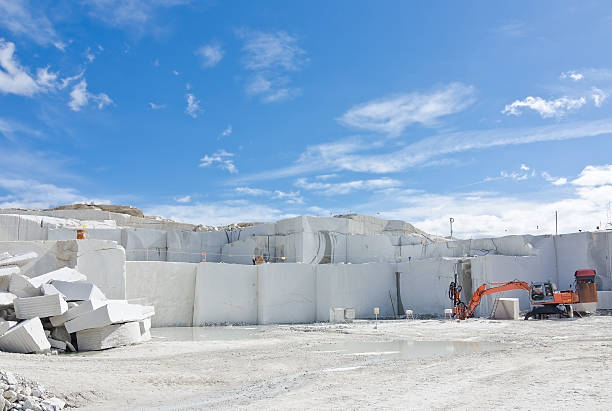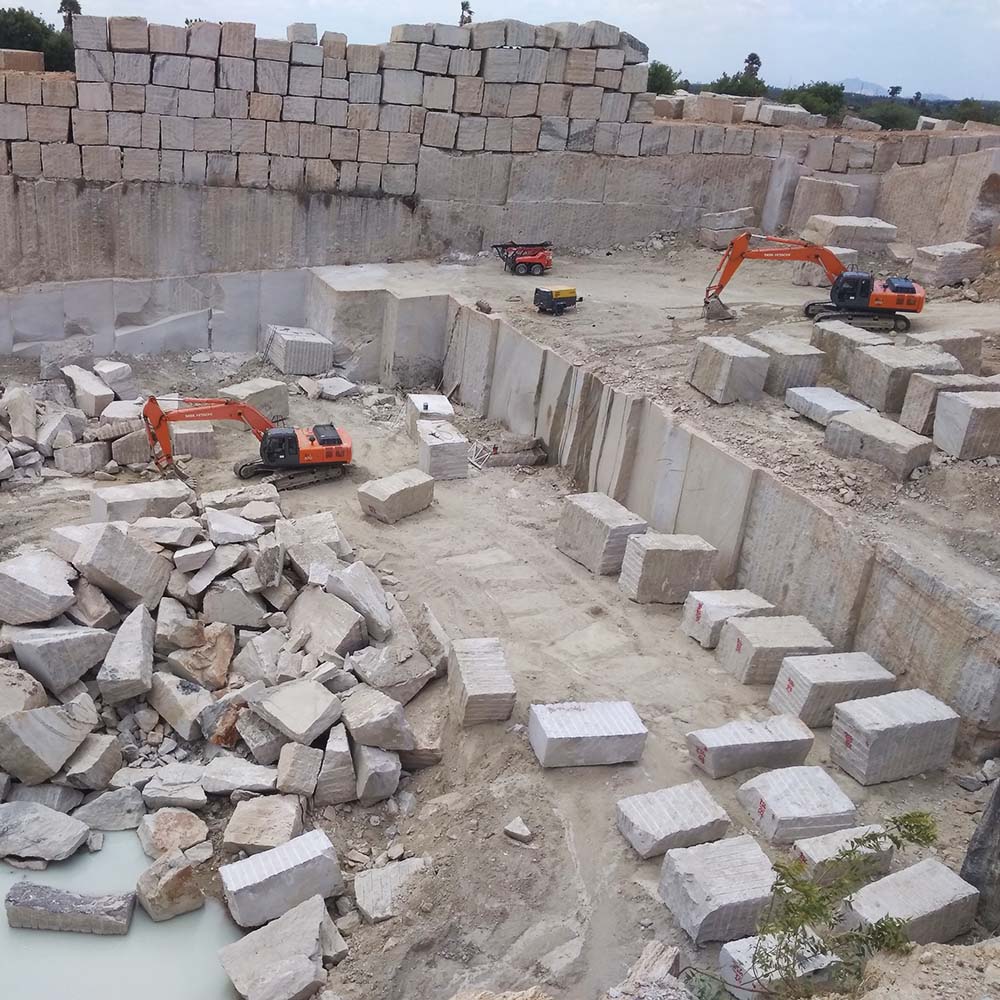Unveiling Granite Quarries in South Africa Tradition: A Journey Through Quarries
Unveiling Granite Quarries in South Africa Tradition: A Journey Through Quarries
Blog Article
Unearthing the Rich Background and Sustainable Practices of Granite Quarrying
As we depend on the precipice of discovering the intricate tapestry of granite quarrying, a journey via time reveals not simply the physical act of extracting rock yet likewise the social and historical significance woven into the really fabric of this method. From the old origins that laid the foundation for modern-day quarrying techniques to the sustainable techniques that are forming the future of this market, each carve mark on granite surface areas tells a tale waiting to be uncovered (granite quarries in south africa). The tradition of granite quarrying stretches far beyond plain removal; it is a testament to human ingenuity, resilience, and the long-lasting allure of this impressive stone
Old Origins of Granite Quarrying
Dating back to ancient worlds, the practice of quarrying granite has actually been an indispensable component of human history and architectural innovation. The earliest proof of granite quarrying days back to ancient Egypt, where enormous pyramids and complex sculptures were crafted from this sturdy rock. The Egyptians utilized primitive tools to extract granite blocks from quarries, showcasing the significance of this material in their huge constructions.
Moving forward in history, the Greeks also made significant contributions to the quarrying of granite. The Greeks used granite in various architectural wonders, such as holy places and statuaries, showing their ability in shaping and sculpting this sturdy stone. The Romans even more fine-tuned the methods of quarrying granite, employing advanced tools like knives and hammers to remove and form granite for their famous structures.
With the centuries, the practice of quarrying granite has developed, with modern technologies boosting performance while preserving the ageless appeal of this natural rock - granite quarries in south africa. From old worlds to contemporary builders, the legacy of granite quarrying proceeds to shape our world
Advancement of Quarrying Strategies
The advancement of quarrying strategies has actually been noted by a constant progression in the direction of higher efficiency and accuracy in drawing out granite. From the fundamental techniques used by our forefathers to the advanced innovations utilized in modern-day quarrying operations, the sector has undergone substantial improvements. Early quarrying techniques entailed manual work with standard tools such as chisels, hammers, and wedges to draw out granite blocks from the earth. As human beings advanced, strategies like fire-setting and primitive dynamites were presented to help with the removal process.
Innovations in computer-controlled tools and 3D modeling have actually maximized quarrying procedures, leading to marginal ecological influence and boosted sustainability techniques. As the need for granite proceeds to increase, the development of quarrying methods stays essential to meeting industry requires successfully and sustainably.
Social Relevance of Granite
Granite holds an extensive cultural relevance throughout different worlds because of its enduring visibility in building masterpieces and admired monuments. From the majestic pyramids of Egypt to the intricate makings of the Angkor Wat temple in Cambodia, granite has been a product of selection for revealing splendour and longevity in social heritage. In ancient Rome, granite columns adorned holy places and public buildings, symbolizing toughness and permanence. The cultural value of granite prolongs beyond its physical features; it symbolizes resilience, security, and timelessness, making it an icon Get the facts of withstanding legacies and practices.

Sustainable Practices in Quarrying
Amidst the abundant history of granite quarrying and its cultural value exists a growing focus on sustainable practices within the sector. As environmental awareness and problems regarding resource exhaustion have enhanced internationally, the quarrying industry has actually progressively embraced lasting methods to decrease its effect on the setting and surrounding communities.

Furthermore, reclamation and rehabilitation click here to find out more of quarry sites post-extraction are integral to sustainable practices. By restoring quarried locations to an all-natural or valuable state, such as developing wild animals environments or leisure areas, quarriers can balance out the environmental footprint of their procedures and add favorably to the regional community.
Legacy of Granite Quarrying
With a historical background soaked in craftsmanship and commercial progression, what withstanding effect has granite quarrying left on the landscape of modern culture? The tradition of granite quarrying transcends mere removal practices; it has formed building marvels, urban landscapes, and social heritage worldwide. The long lasting nature of granite has made it a preferred selection for monuments, buildings, and framework, standing as a testament to the ability and virtuosity of quarry workers throughout generations.
Additionally, the economic impact of granite quarrying can not be ignored. The industry proceeds to offer employment possibility and drive local economic situations in areas where granite extraction prevails. It has additionally spurred technical improvements in quarrying techniques and devices, resulting in extra effective and lasting methods.
In terms of sustainability, the tradition of granite quarrying consists of efforts to reduce ecological influences with reclamation projects and accountable source monitoring. By balancing economic rate of interests with ecological stewardship, the industry strives to make sure that future generations can proceed to take advantage of this enduring natural deposit.
Final Thought

Report this page